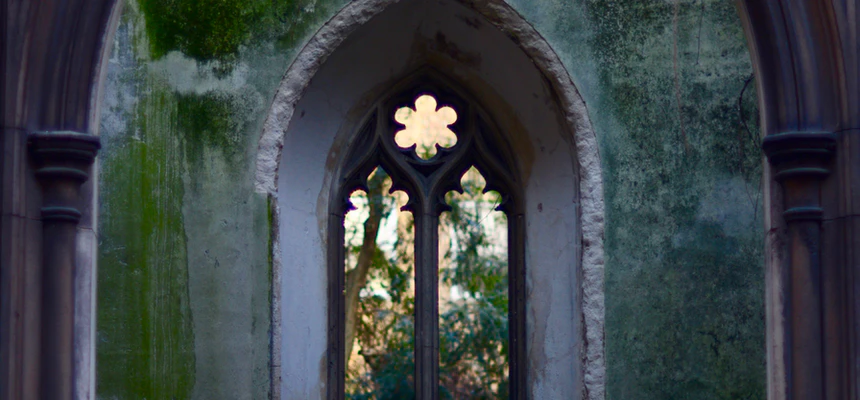
Pope Eugene was born around 1080, of a humble background. His father was Godius and they lived near Pisa. His name before becoming Pope was Bernardo Pignatelli or Paganelli. But whether that was his name at birth or what he chose when he joined the Cistercians, we do not know.
We do know that he was a canon of the cathedral in Pisa by 1106 and a subdeacon by 1115. He led a quiet life for many years and it was not until his middle age that anyone noticed his talents. Between 1133 and 1138 he was the vice dominus of the archdiocese of Pisa. Somewhere between May 1134 and February 1137, Bernardo was ordained a priest by Pope innocent II, who was living in Pisa at the time.
In 1138, Bernardo met the renowned Bernard of Clairvaux, who persuaded the priest to join him at the Cistercian Order in Clairvaux. Here he began to understand the international scope of the Church. In 1139, Bernardo headed a Cistercian community in Scandriglia. The same year, the Second Lateran Council ordered Arnold of Brescia out of Italy. He did not believe that the Church should have any temporal holdings and taught against ST. Bernard of Clairvaux. A year later, Bernardo headed a monastery just outside Rome, where he lived through several popes.
Pope Lucius II died during turbulence in February 1145 as Arnold returned and became one of the leaders of the Commune of Rome. Papal prefects were deposed, and republican associates developed a secular state. Giordano Pierleoni became patrician. The cardinals were afraid of a new pontiff abdicating and swearing allegiance to the commune. No one wanted to take the position of new pope. So, the electors quietly voted in someone who was not even considered, a Cistercian monk, Bernardo.
Papacy
It was too unsafe in Rome for a consecration, so the cardinals and Bernardo moved to Farfa Abbey, 40 km north of Rome. At his consecration, he took the name of Eugene.
With Pierleoni running Rome, and Arnold leading people towards a secular life, separate from the Church, Eugene asked for help. He called on Tivoli, other cities feuding with Rome and King Roger II of Sicily. They were almost successful at changing the conditions under which Eugene could stay in Rome. Except, the Romans would not agree on the compact regarding Tivoli. So, Eugene left in March 1146. He moved north to Viterbo, Siena and, finally, France.
At the end of 1145, Eugene heard that the Turkish city of Edessa, which was in Christian hands, had fallen to the Muslims in mid-1144. The Pope wrote a papal bull to King Louis VII of France, declaring the need for a second crusade. Several months later, at the Diet of Speyer, King Conrad II of Gemany and many of his nobles dedicated themselves to the Crusade after a rousing sermon by Bernard of Clairvaux.
The kings and nobles of Europe entered into a disaster. After a year of organizing and travel, they got to Edessa. The fight lasted five days with massive losses on the part of the Christians. It was the ultimate humiliation. But Eugene didn’t hear that for a year.
In the meantime, Eugene hosted synods at Paris, Reims and Trier. These addressed mostly clerical life. He also approved the works of Hildegard of Bingen.
In mid-1148, Eugene and his court moved to Viterbo, then Tusculum nine months later. There he met King Louis VII and his wife, Eleanor of Aquitaine. They had been quarreling bitterly since the Crusade came to its ignominious end. To his credit, Eugene tried to give marital counselling. It did not help, in the end. A few months later, he finally excommunicated Arnold of Brescia. The Romans were not yet compliant and Eugene had to turn to Roger II of Sicily to try to contain the Romans while he moved away.
The next year, Eugene asked King Conrad for help with Rome. But he died before he could respond. The responsibility went to his nephew, Frederick Barbarossa. It wasn’t until 1153 that a treaty was concluded with Barbarossa. The Romans were finally tired of the Arnoldist republic.
Eugene could finally rest. He moved to Tivoli to avoid the summer heat and died there on 8 July 1153. He was buried in front of the high altar at the old St. Peter’s Basilica. Pope Eugene III was seen as a humble man by his admirers.
External links: POPE EUGENE III, A HUMBLE MAN (catholic365.com)
Internal links: POPE LUCIUS II, FACING DEATH IN BATTLE – Lanternarius Press

Recent Comments